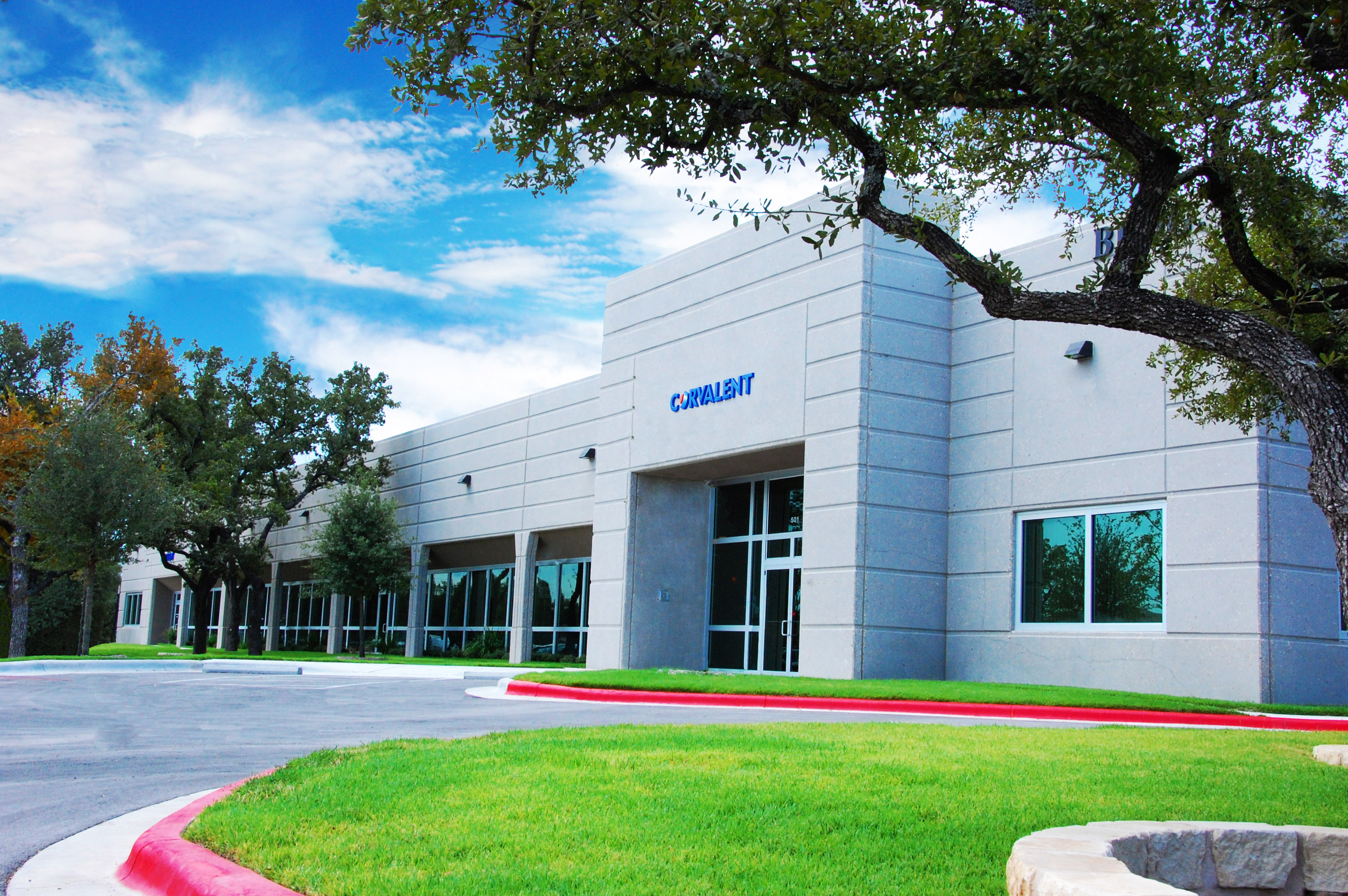Intel's Newest Processor and Chipset Families Explained
| Corvalent
Today we will be discussing the new family of processors and chipsets from Intel®. There has been a lot of confusion surrounding these new products, especially with regard to their features and functionality. Although it's hard to see why there would be confusion when "3450" can refer to both a chipset or a processor, one out of all the i5 processors has the same specs as the i7 family, and ECC depends on a magic combination of processor, chipset, lunar phase, blood type, and whether or not you actually “turn yourself around” when you do the funky chicken... and this is all before we even talk about the mobile versions of the chips...but I digress... Read on and we will discuss some of what differentiates the various processors and what you can expect from this very powerful, yet confusing new generation of workhorse computer processors.
With any new generation of technology, there comes a few changes. First of all, the North Bridge has been designed into the processor, so no more front side bus speeds, that spec. has gone the way of the floppy drive. Next, the entire memory controller and a portion of the video functionality have been moved onto the processor(s). Now for the first time, certain capabilities of a motherboard are completely determined by the choice of processor that is installed.
For example, the i7, Xeon™, and i5-750 processors don't contain video processing circuitry, so on-board video does not work with these chips, even if a motherboard may be equipped with video ports. In exchange however, you get more cache, Intel Turbo Boost Technology (A spiffy automatic over-clocking feature), and (4) cores of powerful, raw number crunching power. What about the other i5 and i3 processors? These have lower amounts of cache, and (2) cores, but DO add support for onboard video. With these processors, our motherboards will activate the two on-board DVI video outputs, giving the user built-in dual monitor support.
The processors are named numerically, according to the rated "horsepower" of each chip. Meaning the i3 will be less powerful than the i5, with the i7 and server oriented Xeon acting as the "muscle cars" in the speed department. However there is some cross-over with the naming vs. specifications.
For example, here in the lab we've DNA tested the i5-750 and discovered that it was actually not an i5 at all. The story is, that about a year ago a loving and caring i5 family came across a hungry, and abandoned i7, ultimately adopting it. The i7's are a very selective bunch, and they tend to reject anyone they deem not worthy of the i7 lineage. In this case, they appear to have rejected the young processor only because it handled (4) threads instead of (8). The end result was a very powerful processor proudly carrying the i5 name of it's adoptive parents, but really containing the processing DNA (8MB cache, 45nm, (4) processing cores, and Turbo Boost) of an i7.
If you need to better understand the processor families, think of it like this: Xeons are the Italian sports cars of the processor world. Refined, ultra-fast, with custom error correction memory to keep all the cylinders firing exactly right. The i7's are the muscle cars... equipped with turbo boosts, fuel cache reserves, and placing sheer speed and power over creature comforts. The i5 processors are the extremely peppy and plush British luxury cars, with added things like video screens and 4 doors. While the i3 represents the family vehicle, giving you video screens for the kids, and plenty of horsepower for a family car. The new i3 is quite comfortable to drive, but you can't expect to keep up with the other faster sports cars around you. The really great thing is, that while an i3 may not be as fast as an i7 muscle car, the new 2010 Intel i3 family sedan is still a lot faster than most of the other older cars currently on the road.
So how do the chipsets play into the equation? Well, certain chipsets only support certain processors, this means that if your application needs ECC memory, you will need to use both a compatible chipset (such as the 3450) and a compatible processor such as the Xeon x3450 (that's not a typo, the processor and the chipset have the same name). If you don't care about ECC, and your preference is a "muscle car" i7, you'll need our Q57 chipset that is i7 compatible. Need onboard video? Then either chipset will work fine, but you will have to use an i5 or i3 processor. (Except for the i5-750 we already mentioned, due to it's adoptive status and denial of it's true parentage)
If you're still confused, don't feel alone, there are a lot of people scratching their heads right now. The good news is, you can feel free to contact us to ask questions. We've taken the time to really understand what is happening with these products, and to communicate with Intel for the latest developments. Our experts will be able to get you the right configuration for your needs! And best of all, that configuration will still be available years from now for your continued use, when everyone else has moved on to other things.
And it should be said that for all the confusion, new terminology, compatibilities and incompatibilities... Intel has produced some remarkably powerful processors that are improved from their predecessors in almost every way. Once again, Intel has "raised the bar" for processing power, lower thermal emissions, and lower power consumption, ultimately producing some of the fastest processors the world has ever seen.
If you would like to contact me, feel free to do so at: martinscorner@corvalent.com.
We love to hear feedback from our readers!
About the Author
